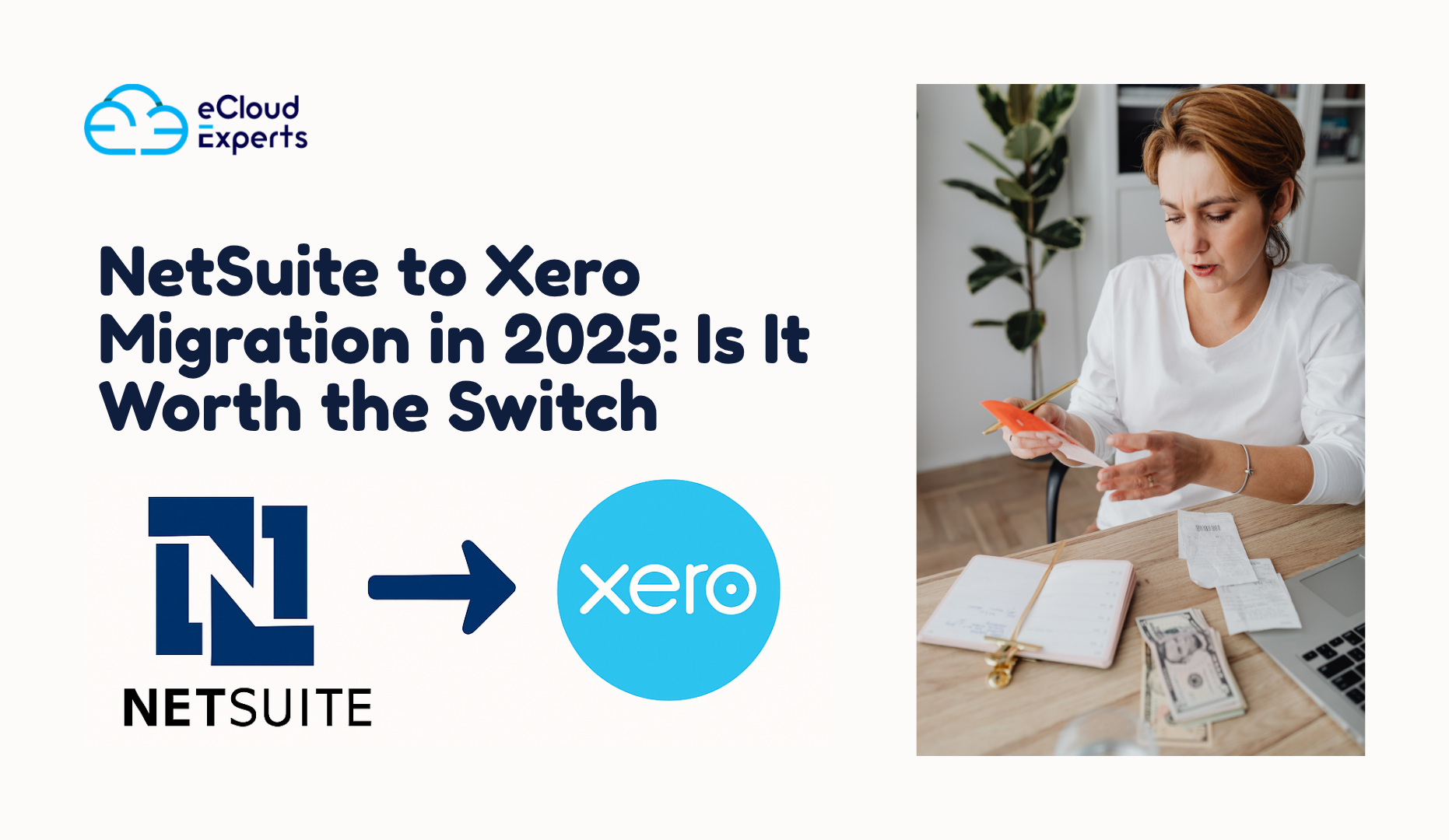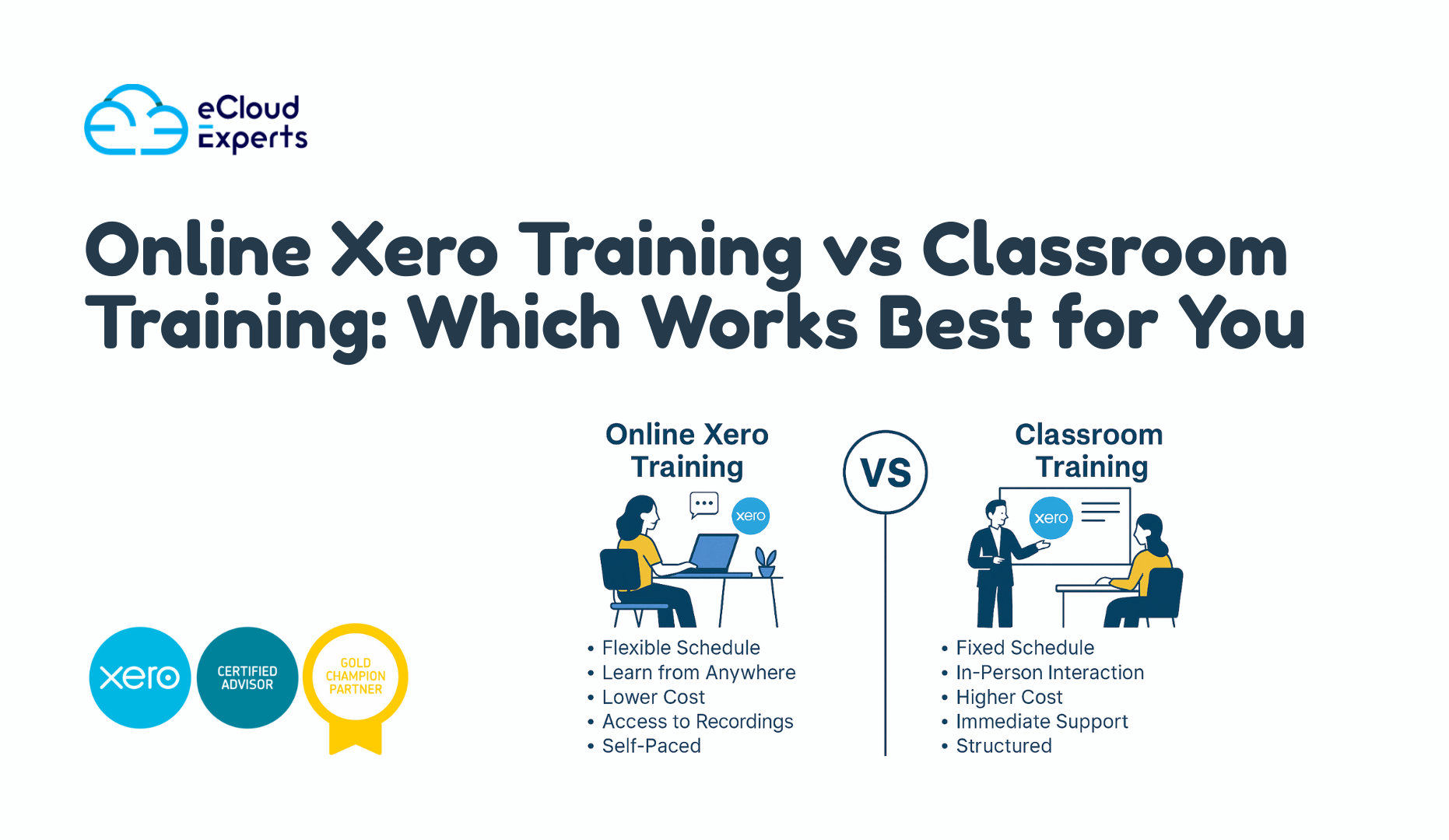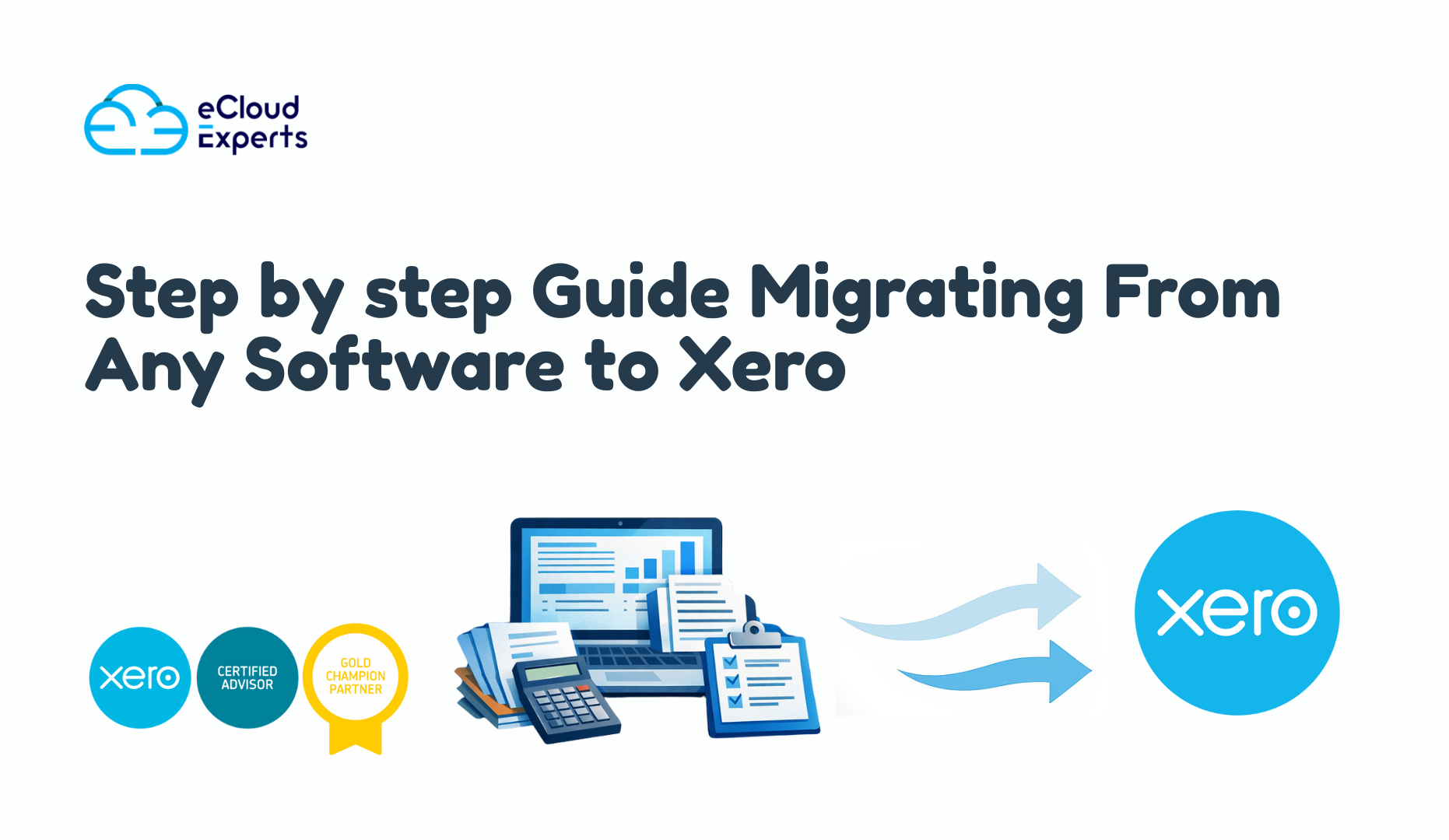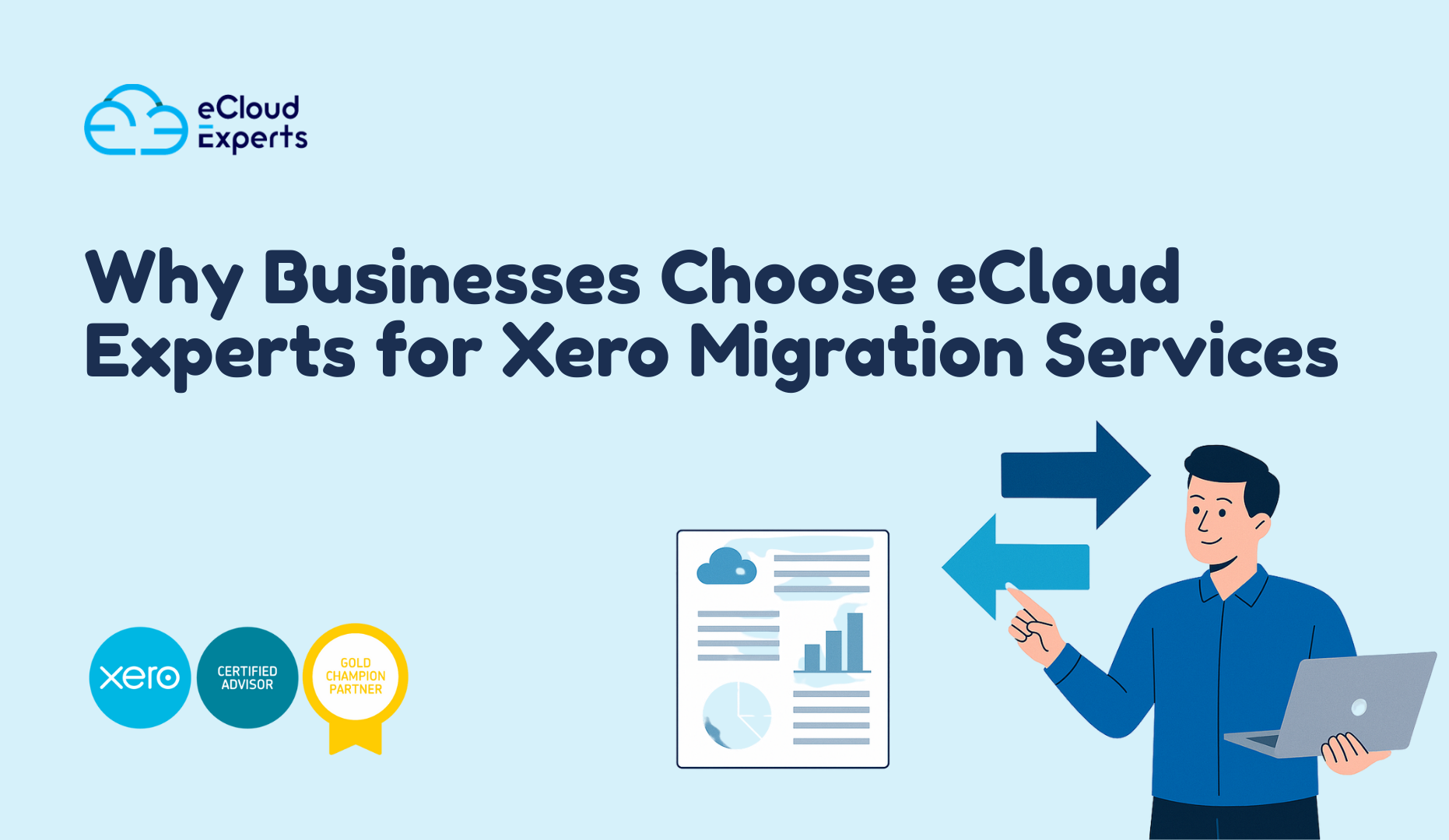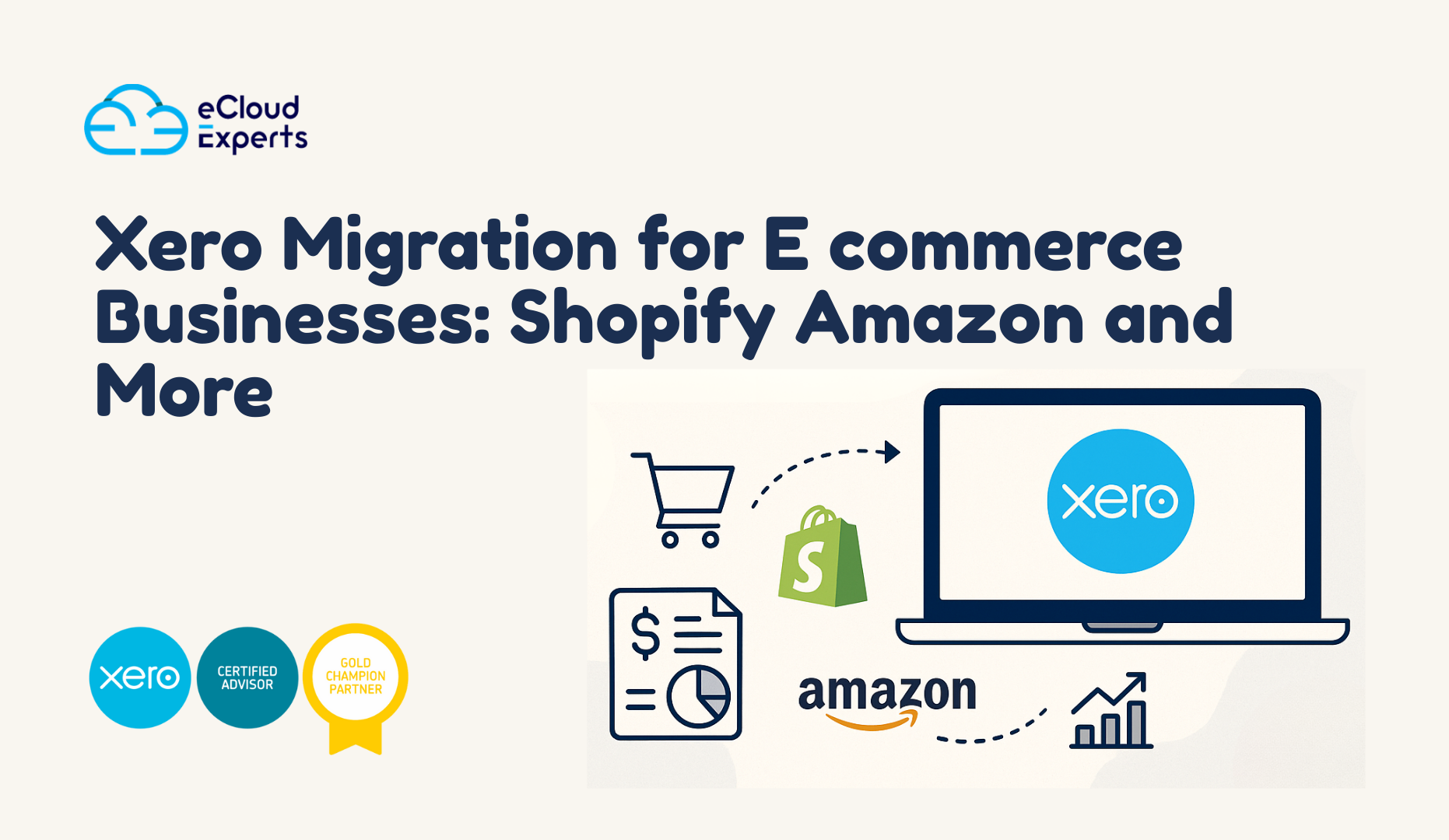You may have noticed more companies talking about moving away from large complex systems this year. Many leaders are stepping back and asking a simple question. Are we still getting the value we pay for. This is where the idea of a NetSuite to Xero migration starts to make sense for some businesses.
You might feel the same pressure. Running a growing company in 2025 means keeping tools simple and easy to manage. When a system starts to feel heavy or slow, it usually leads people to look for a setup that gives them more control and fewer surprises. Xero is often one of the first names that comes up. It brings a cleaner way to manage daily tasks and works well for small and mid sized teams.
Before making any move, it helps to look at the facts. No guesses. No buzzwords. You want to understand what you gain, what you lose, and who is a good fit for this change. This guide breaks everything down in a clear way so you can decide if a NetSuite to Xero migration is the right step for your company in 2025.
Why Businesses Are Considering NetSuite to Xero Migration in 2025
You may have noticed a shift in the way finance teams think about their tools. Many companies that once felt comfortable with NetSuite are now unsure if it still fits their size or direction. This is why more leaders are starting conversations about a possible NetSuite to Xero migration in 2025.
One of the biggest reasons is cost. NetSuite can feel expensive for small and mid sized organisations that no longer need every advanced feature. When yearly fees keep rising, business owners begin to question whether they are paying for tools they barely use.
Another reason is the daily experience. New staff often find NetSuite slow to learn. Simple tasks can take longer than expected. This creates more training work and slows down the accounting team.
Some companies have also changed direction after 2024. Many teams became smaller and more focused. A large system does not always suit a leaner structure. This is why they look for something that feels easier to manage.
Reporting is another point that often comes up. People want fast answers from their data. When reports feel slow or too complex, it pushes them to explore other platforms.
What You Gain When You Move from NetSuite to Xero
You might reach a point where you want accounting software that feels easier to control. This is where a NetSuite to Xero migration starts to look more attractive. Many companies say the switch gives them a cleaner experience from the very first week.
One of the biggest gains is lower cost. Xero gives you strong features without heavy subscription fees. For many owners, this alone feels like a fresh start.
Another major gain is ease of use. Xero is built with simple screens and clear steps. This means new staff learn it quickly. You spend less time on training and more time on real work.
Daily tasks also become faster. Bank feeds update quickly. Reconciliation feels natural. Reports open fast and can be changed in moments. This helps your team get answers without waiting.
You also gain choice. Xero has a wide app marketplace that allows you to add only the tools you need. This gives you more freedom and keeps your setup clean.
Who Should Not Switch from NetSuite to Xero
You might expect every business to benefit from a NetSuite to Xero migration, but that is not always the case. There are situations where staying with NetSuite makes more sense.
Very large companies with many branches or layers may find Xero too limited for their structure. NetSuite handles long approval flows, deep custom settings, and complex reporting. If your business depends on these features every day, a move may not feel right.
Companies that manage detailed warehouse operations may also struggle. If you have many locations, complex stock rules, or advanced picking processes, you may need a separate inventory tool with Xero.
Another group that should be careful is organisations with heavy automated workflows. NetSuite allows deep custom actions that run across the system. Xero does not offer this level of control by itself.
If your processes depend on deep custom fields, multi level approvals, or very detailed reporting, reaching for Xero may create more work than benefit.
What Data Transfers During a NetSuite to Xero Migration
You might think moving from one system to another means everything transfers in one action. In reality, a NetSuite to Xero migration requires a clear understanding of what can move and what cannot.
Most core financial records can be moved easily. This includes:
• Chart of accounts
• Customers
• Suppliers
• Sales invoices
• Purchase bills
• Items
• Bank transactions
• Journal history
These give you a complete picture of your financial past.
There are also limits you should expect. Attachments do not transfer automatically. Custom fields also do not move. Advanced inventory settings do not carry across and may require a connected inventory app.
Understanding these points early helps you prepare for a smooth migration.
Common Problems During NetSuite to Xero Migration and How to Avoid Them
You may expect that moving data from one system to another is just a simple export and import. In practice, a NetSuite to Xero migration often brings small issues that can slow things down if you are not ready.
Common problems include:
• Wrong account mapping
• Confusing tax codes
• Duplicate contacts
• Multi currency mismatches
• Incorrect tracking category setup
• Date formatting issues
The good news is that all of these can be fixed before the move. Clean data leads to a smooth migration.
Step by Step NetSuite to Xero Migration Process in 2025
The migration becomes easier when you divide it into four clear steps.
Step one is the initial review. Your data, settings, and needs are checked. This helps you understand your current setup.
Step two is data preparation. Duplicate contacts are removed. Tax codes are checked. Accounts are reviewed. Clean data gives you accurate results.
Step three is the import. Your chart of accounts, contacts, items, invoices, bills, and journals are loaded into Xero. Bank accounts are set up and new bank feeds are connected.
Step four is the final review. Balances and reports are checked. The team receives training. Any final adjustments are made.
When these steps are followed, a NetSuite to Xero migration becomes predictable and clear.
How Much Does a NetSuite to Xero Migration Cost in 2025
You might wonder what the real cost looks like. Prices vary because no two companies are the same.
Cost is shaped by:
• Total data volume
• Number of years of history
• Multi currency usage
• Inventory needs
• Level of custom work in NetSuite
Small companies pay less. Larger companies with deep history and complex setups pay more. A proper review gives you the most accurate estimate.
Is Xero Strong Enough to Replace NetSuite in 2025
You may be asking if Xero can stand in place of a larger system. For many growing companies the answer is yes.
Xero handles daily tasks with ease. It is simple to learn. It offers clean reporting. New staff pick it up quickly. This is why so many small and mid sized companies make the switch.
Xero also gives you choice. You can add apps that match your needs instead of carrying heavy features you never use.
However, Xero is not right for every company. If you manage many branches, deep custom rules, or very complex warehouse operations, NetSuite is still a better match.
Final Verdict on NetSuite to Xero Migration in 2025
You may still wonder if the switch is worth it. For many organisations the answer is clear. A NetSuite to Xero migration gives you control, speed, and lower cost. It also gives your team a system that feels natural to use.
If you run a small or mid sized company, or your processes no longer need deep custom features, Xero gives you a clean and comfortable way to work.
If you run a very large company with heavy structure and advanced workflows, NetSuite still holds more value.
If you want help deciding what fits your business, you can contact Ecloud Experts for a full migration review.

